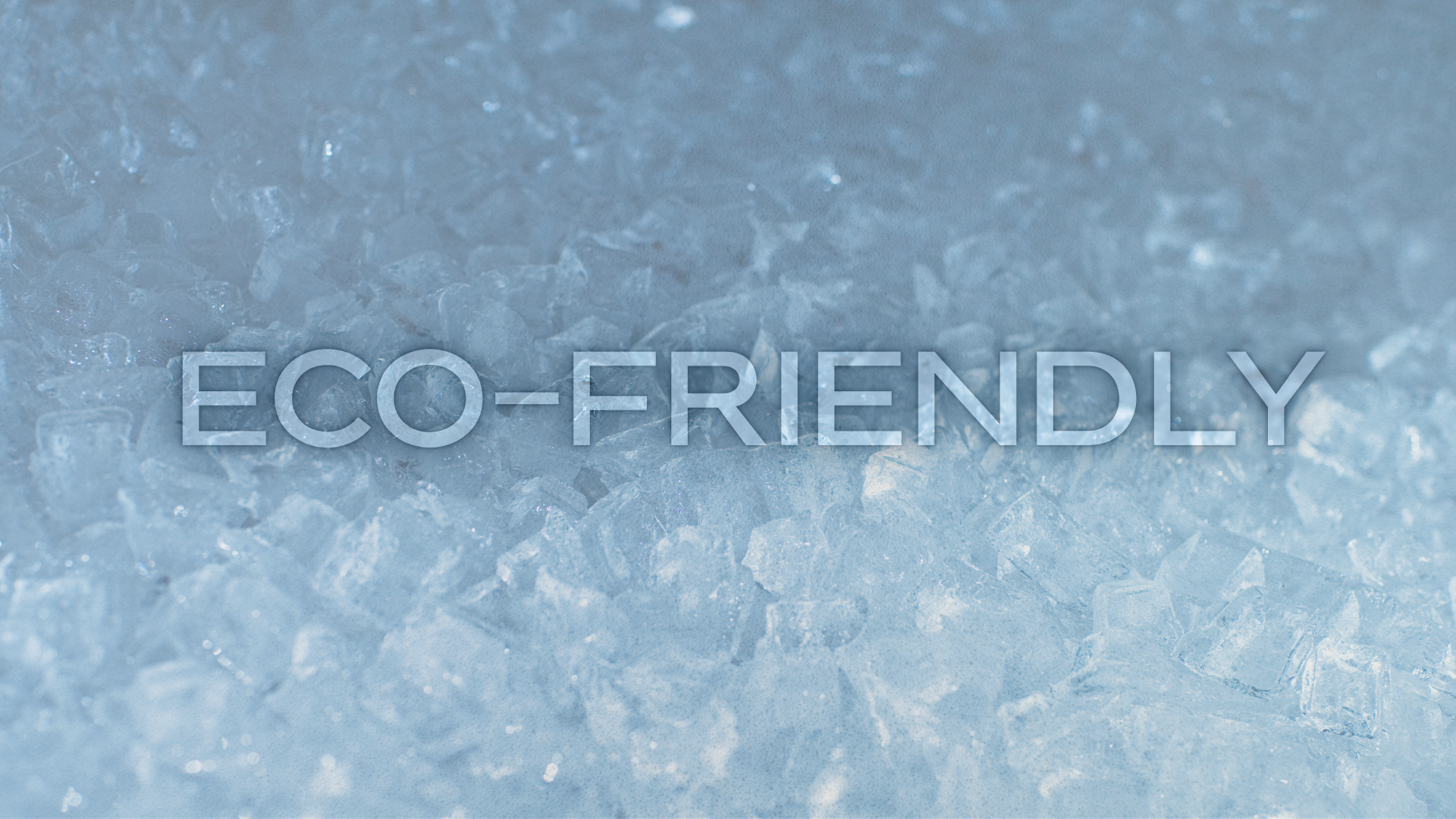On a regular basis, people reach out to me to ask about various claims they see that something is “environmental friendly” or “sustainable.” I thought I’d use a recent question from someone to explain how I think about those types of claims and the approach we should take if we truly want to be good stewards of the environment.
Because winter in Western Washington is more likely to involve rain than ice, the Hyatt Regency Lake Washington in Renton is offering outdoor ice skating without the cold or even ice.
For a small fee, anyone can enjoy winter skating on “Glice” – a synthetic surface that allows skating without being frozen. The hotel invites people to “Glide into the season with a one-of-a-kind skating experience at our eco-friendly Glice Rink, where winter magic meets sustainability.” They explain that because the surface isn’t frozen, “no refrigeration means you can enjoy the experience in any weather—all while being kind to the planet.”
What is Glice? Their web page explains that a) it is Swiss (“the Swiss do it best”), and b) it is “made from a high-density polymer (polyethene plastic) specifically engineered for ice-skating.”
How, you may ask, is swapping ice for plastic the “eco-friendly” choice? Well, the answer is a good example of the reality that when it comes to the environment – and public policy in general – there are no solutions, only trade-offs.
The argument is that traditional ice rinks use a lot of energy which emits CO2. They claim, “Traditional ice rinks consume a significant amount of energy, with each square meter requiring up to 840 kWh per year. This results in an average CO2 emission of approximately 285 Kg (depending on the energy source) per year.” Since Glice doesn’t require refrigeration, it uses no energy and emits no CO2.
It is a fair point. I will note that 285 kilograms of CO2 isn’t very much. At current prices in Washington state, that is about $18.34 worth of CO2. Since Renton is in Puget Sound Energy’s service area, it would be slightly higher at 408 kg of CO2, worth $26.23. Either way, not very much, but not zero.
The trade-off is that Glice is made of plastic and small bits are shaved off as it is used, creating microplastics. The makers of Glice argue that they work to reduce the amount that is shaved off, not only to help the environment but also to make it more durable for the consumer. They note that “On a standard rink, only 2.0 grams (0.1 ounces) are released per square meter per month. To put this in perspective, a skating session (1h) produces 5 times fewer shavings than the average amount of microplastics produced by someone’s shoe soles in a day and 21 times fewer microplastics than the average car tires produce in a day.” That’s not very much, but not zero.
So, is Glice “eco-friendly” as the company and the Lake Washington Hyatt claim? Frankly, it is hard to say because the total environmental impact in terms of CO2 emissions or plastic in the environment is tiny.
If Glice skaters are worried about the plastic they are putting into the world, they would be better off by sending $10 to Plastic Bank to keep plastic out of the ocean than worrying about the tiny impact they are having while completing a triple lutz.
Those who prefer the real ice over at Bellevue’s outdoor rink could offset all the CO2 emissions of the rink for the entire Christmas season by contributing $10 to one of Bonneville Environmental Foundation’s carbon-reducing projects.
Either way, the reality is that there is no perfect “eco-friendly” choice and rather than worry about the impacts, everyone should go skating and enjoy the Christmas season.
You can get tickets for the rink at the Hyatt Regency Lake Washington here.
You can get tickets for Bellevue’s outdoor ice rink here.



